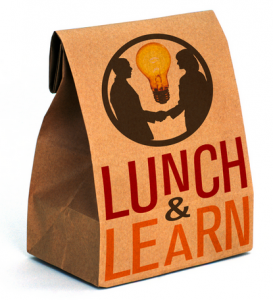
The article represents a framework using which one could plan their content for taking an introductory session on their applications. The primary objective of such presentation is to provide the audience with following information:
- Business overview
- Applications overview
The proposed framework aims to satisfy the education needs for different stakeholders including delivery manager, project manager, development & testing teams.
Presenters talked differently
In my recent experience, I attended a series of sessions taken by leads of different project teams working for the same customer. Except for few of them, most of these sessions were not very interesting and audience enjoyed lunches more than the sessions. Following are some of the key reasons:
- Inconsistent Content: The presentations’ content on different projects was not consistent. Some talked only business, others talked only about applications, still other talked both but missed on technology.
- Presenters with Different Experiences: The presenters were having different experiences. Some presentations were done by team leads, others by senior developers, yet others by project managers & architects. Thus, this led to different types of content focused on one or the other areas based upon presenters’ experience and thus, lacked consistency.
And, the result was low ROI for company as some sessions shined and others got flop.
Based on above, one thing became clear that there is a need of a content framework based on which presenters need to create the presentation to achieve consistent education experience. This would nullify the impact due to difference in presenters’ experience as they would be creating presentations based on the framework.
So, What’s the Content Framework?
The content framework is inspired by TOGAF architecture framework which is used to lay down the enterprise architecture views in form of different artifacts including matrices, diagrams and catalogs.
The content could be planned to present details on following key aspects in relation with the applications.
- Business overview
- Application overview
- Data Model overview
- Technology overview
Business Overview
In business overview, one could plan to provide information on different line of businesses (LOBs) including their key functions which shall later be associated with one or more applications when presenting application overview. Diagrammatically, One may use block diagrams to represent a large enterprise and show different LOBs and key functions with smaller boxes. This would primarily help delivery manager and project managers to understand the business as a whole.
Application Overview
Once business overview is given, the presentation shall go on to list down different applications that are used to meet different business requirements pertaining to different business functions. Ideally, one would want to map the applications with business functions (described under business overview) and present this mapping using one or more diagrams. This makes a lot of sense to the audience as they could easily understand the association with business functions with application.
Data Model Overview
Once business and applications overview is presented, one may want to talk around key domain data model and underlying associated entities in the database. One may also want to present a little overview on entity relationship when talking about data model. Diagrammatically, it would be good to map key domain data model with business functions and applications.
Technology Overview
One could, then, go ahead and talk about key technology stack comprising of programming languages, databases, application servers that are used to build the applications and run the same in production. For greater effectiveness, one could present a high level networking view of applications tagged with underlying technologies.
Presenting the content based on above framework would help developers focus on different aspects of applications in a methodical manner and, in turn, understand the application in a better way.
- Coefficient of Variation in Regression Modelling: Example - November 9, 2025
- Chunking Strategies for RAG with Examples - November 2, 2025
- RAG Pipeline: 6 Steps for Creating Naive RAG App - November 1, 2025
I found it very helpful. However the differences are not too understandable for me